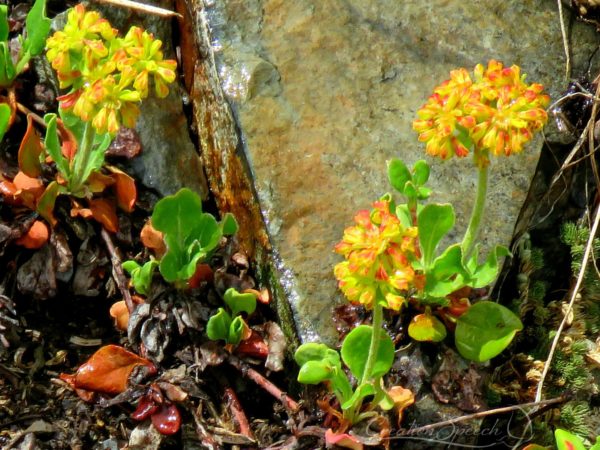“For the word of the cross is folly to those who are perishing, but to us who are being saved it is the power of God.” 1 Corinthians 1:18.
Know Jesus by God’s grace
By the grace of God one knows Jesus as the Creator and Savior. It is not based on what we did. So “let the one who boasts, boast in the Lord” (1 Corinthians 1:31). Early in one’s life, the word (message) of the cross may be completely overlooked. Later by God’s grace, it may be recognized as the power of God to save us from our sins. The transformed person is a new creation in Christ.
Become more like Jesus by God’s grace
It seems that one can experience a similar process of insight as a Christian reads His word and studies His creation. I consider these transforming times of growth as part of the process of sanctification – “purification from the pollution of sin, and the renovation of our nature after the image of God.”
See the glory of God in His creation of a wildflower by His grace
Here is how a wildflower that I previously overlooked caught my attention as worthy of notice and stewardship by the grace of God. I took a walk around our meadow to remove thistles (July 3). It had not rained for over a month, so most flowering plants were dormant. I came across a thriving patch of short plants in full bloom called Sulfur Buckwheat. What a surprise!
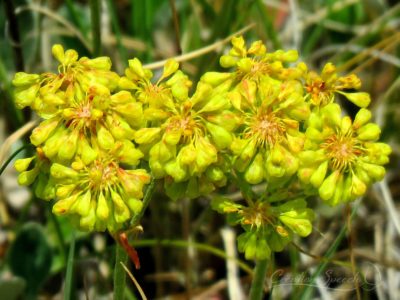
These plants do well in dry weather and well-drained soil. So they are an important nectar plant for pollinating insects during these times (bees, wasps, flies, butterflies, beetles). Upon reflection I realize that Sulfur Buckwheat species helped to illustrate that God made plants to bring Him glory in every environment and time. By observing God’s creation, I was able to observe and recognize the greatness of the Creator-God by His grace.
Provide for an abundance of life by God’s grace
The presence of Sulfur Buckwheat can explain why I saw a Lupine Blue butterfly in our meadow (May 30th). It turns out that Sulfur Buckwheat is the host plant for the lupine butterfly caterpillar (not Lupine plants). To see Lupine butterflies, you need to have wild buckwheat. A variety of native plants in a meadow by God’s grace brings an abundance of life.
“I [Jesus] came that they may have life and have it abundantly.” John 10:10b
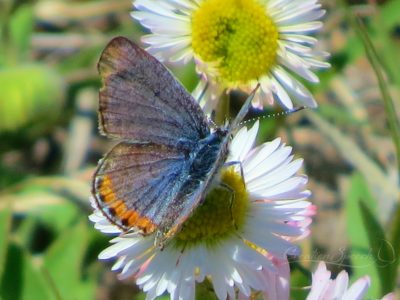
Wild Buckwheat also provides flowers as a nectar source for butterflies including this Boisduval’s Blue butterfly on Cement Creek trail, Crested Butte, CO (July 11).
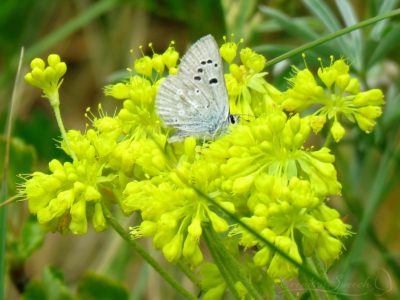
See the beauty/glory of God in what He made by His grace
Early in the morning I hiked up behind Irwin Lake campground to see the morning sunlight on the mountain (July 12). I hardly noticed the Sulfur Buckwheat plants in the foreground until I looked back through my pictures.

Just after a brief rain on a hike (Poverty Gulch, Crested Butte, CO, July 13), I walked up a rocky knoll and observed a group of colorful Sulfur Buckwheat plants. I could have easily overlook these small plants. But looking up-close, the stunning beauty was evident. One of the plants pictured appears to be growing on a rock – maybe there was a slit in the rock where a tap root passes through to the soil (see featured photo at top of the post and again at the end in summary photo).
Here are a couple more photos of Sulfur Buckwheat plants.
The first photo taken along the Washington Gulch trial, may be Porter’s Sulfur flower the Porteri variety of Sulfur Buckwheat.
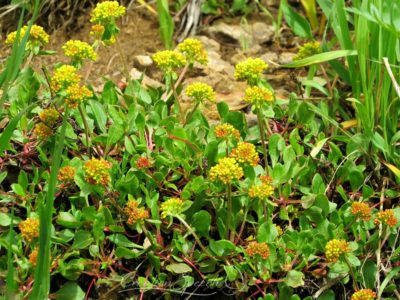
Flowers that turned from yellow to pink were seen in a meadow off the Woodland trail just outside of the town of Crested Butte.
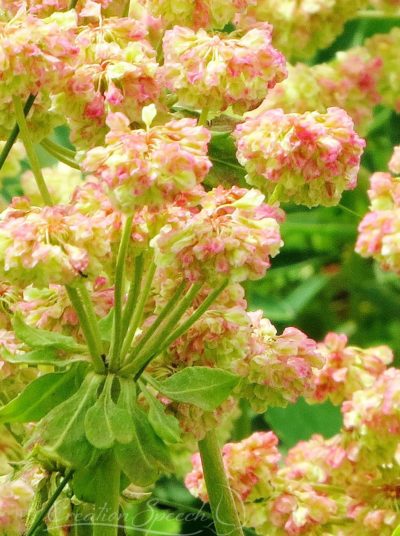
Now that I have learned more about this family of plants (Eriogonum) and particularly Sulfur Buckwheat (Eriogonum umbellatum), I am further in awe of God and worship Him by His grace. How do we receive this grace? The means of grace are primarily God’s word, the sacraments and prayer.
Note: Wild buckwheat is not closely related to edible buckwheat (e.g., Fagopyrum esculentum) and edible buckwheat is not related to common wheat (Triticum aestivum). The word “Buckwheat” was derived from Anglo-Saxon words “boc whoet (beech wheat) because the seeds resemble the beech seed (nut).
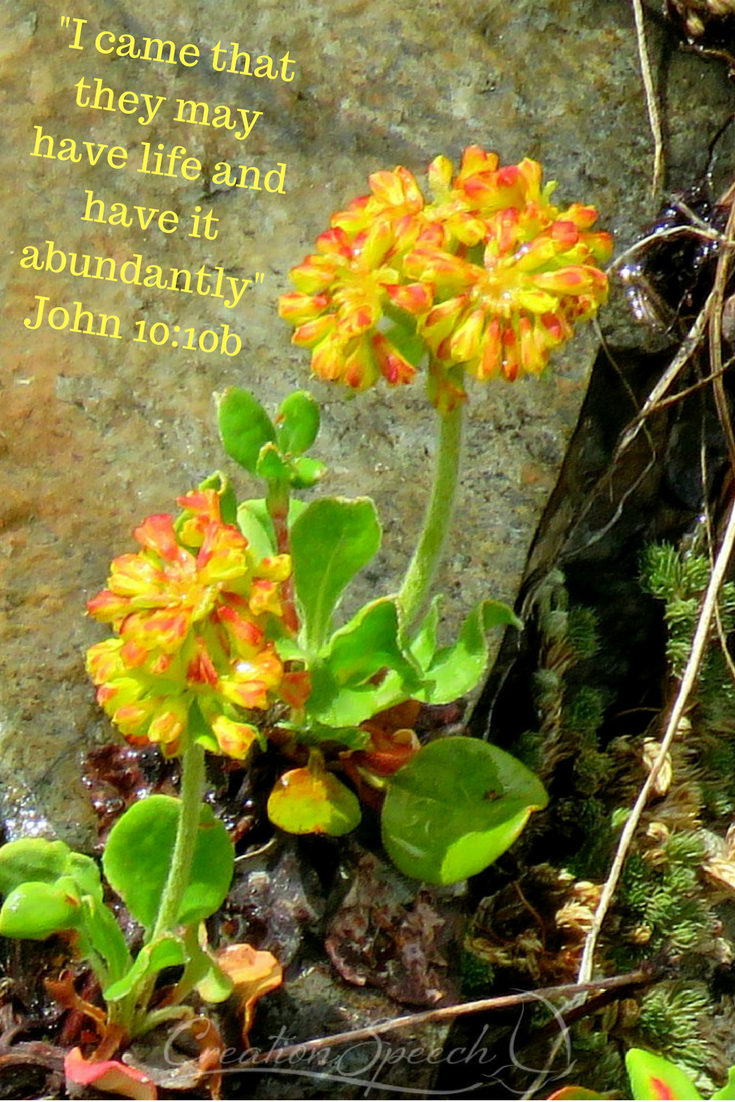
Save
Save
Save
Save
Save
Save
Save
Save
